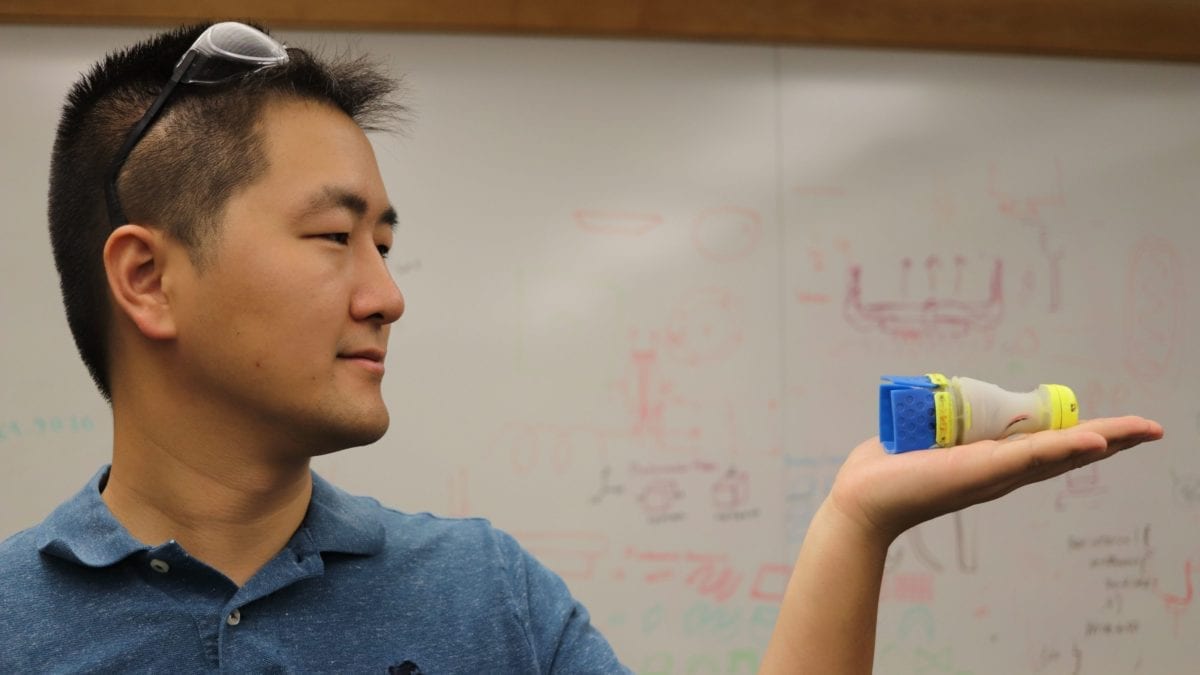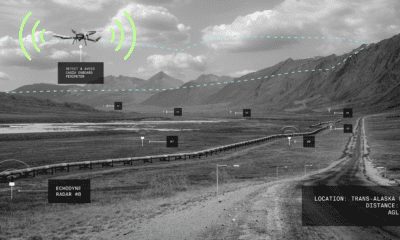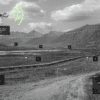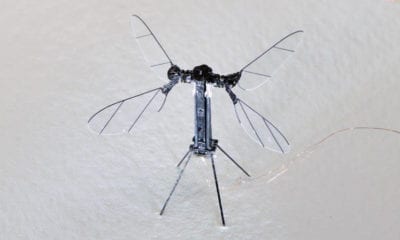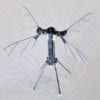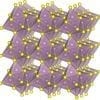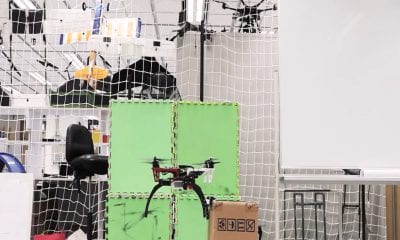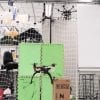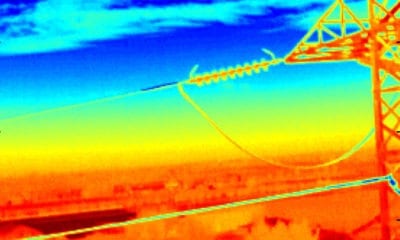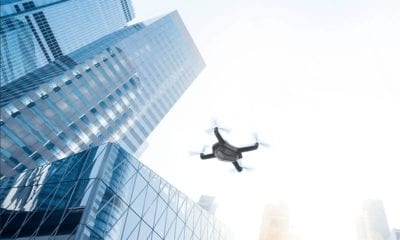Energy & Utilities
Little Robot Finds Leaks, Saves Water, Protects Infrastructure
Pipe leakages; pretty easy to detect aren’t they? Just look at a pipe and any visible cut or a loose fit at any sort of junction will be identified with liquid or gas in the pipe peeping out. Now that just might work for the pipe you use to water your backyard plants but the big picture in terms of pipe leakage, is greatly left unseen, figuratively and literally. What about the pipes several feet under the ground covered by mud or perhaps, by water? How about pipes extremely small or compact such that they do not allow much leakage to be observed conveniently. Problems such as these beg for a smart solution for detecting leaks in pipes.
A robot built at a cheap price with a feasible model and build has recently won the 2018 US James Dyson award. Why? How is it relevant, you might ask. The robot, actually, is built to detect leaks inside pipes at an early stage.
The novel feature of leakage detection early comes with an crucial benefit of not only saving fluid loss through leakage and the loss of flow rate and pressure as a result of this leakage, but also saving the serious cost of maintenance performed when leaking pipes get damaged or the components that these pipes are connected to get affected. Called Lighthouse, the robot resembles a small badminton bird or shuttle cock. A soft “skirt” on the device is covered with sensors. As it travels through pipes, propelled by the flowing water, suction tugs at the device when there’s a leak, and it records the location of the leak which is reported by the robot as distance from the center axis of the pipe and the distance of the leak from the inlet or outlet of the pipe.

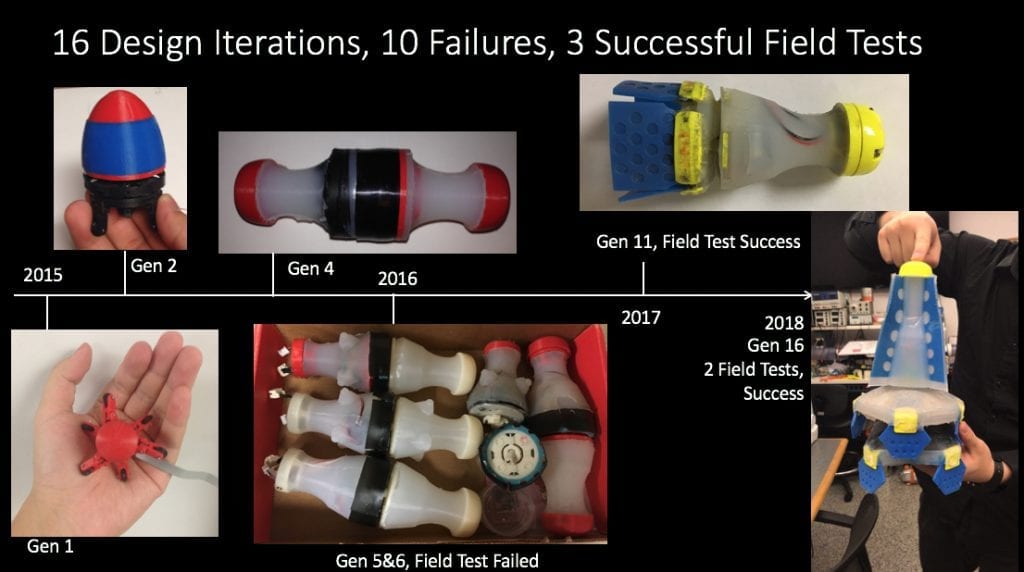
Easier said than done, the project consumed six years of research conducted at MIT University by the doctoral student You Wu. The project itself was initiated by Saudi research facilities that saw the immense potential of this robot owing to the fact that Saudi Arabia has a lot to lose in case of leakage loss of water.
As far as the industrial and technical feasibility of the robot is considered, it fulfills its purpose pretty well. Although there is still room for improvement, the robot can enter a pipe and eliminating noise and vibrations from the environment, the robot can detect leaks and report them back. However, You Wu sees a serious problem affecting the commercial and social feasibility of the product. While the robot can do its job certainly well, it has to be guided by a professional whereas commercial potential of the robot requires its ability to be programmed and used by the layman.
As per You Wu’s estimate, a technology such as this could help solve more than half of the worlds leaks.
Lighthouse has been shortlisted in the James Dyson Award, an international design award that celebrates, encourages and inspires the next generation of design engineers. Dyson engineers will now whittle down the remaining competitors to a shortlist of just 20, which will be announced on 21st September.
Source: http://watchtowerrobotics.com and https://www.jamesdysonaward.org/

